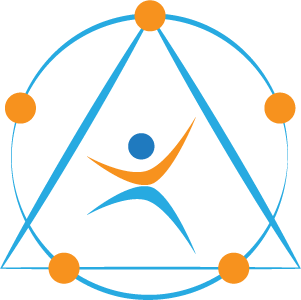Dr. Tim’s YouTube Channel
Dr Timothy Francis DC DIBAK
Presentation and Demonstration on the
12 Cutaneous Regions
Transcription of the 12 Cutaneous Regions Video
It’s great to see so many old friends and students patients and new friends. This is my very first PowerPoint presentation. I hope you enjoy it. I had some help I will admit this. From Eliana who some of you may know. This was actually last year’s paper, but for reasons I did not present it last year, so I will present the paper first and then do a meridean review. So, what are the Twelve Cutaneous regions? They are surface segments on the skin that are projections of the meridians. They function to protect the body and regulate sweating mainly through the lung meridian. These are accessed through mobilization of the pulse points but only in the standing position. If you check the pulse points seeded supine, They’re negative have them stand. If they’re positive standing you have a cutaneous region issue. Now what I’d like to do, because I have about two to three hours of lecture in one hour, I’ll have to keep it down to a user-friendly. In my opinion, it doesn’t do any good to learn a lot of theory if you can’t apply the derivations, so the same process that I would use when I’m teaching my basic course I’m gonna use today, so when you leave here…there’s actually about seven or eight meridian systems. Now, how many here are not familiar with…concepts? So, just think of it simple. Take a transparency of a cervical spine, lay it across the upper thoracic. So C1 would be T1, C7 would be T7. The way we would fix the cutaneous channel is via the spine, and let’s say for example you have negative pulse points seated, negative pulse points standing. You get, for example, of the classic three, you get the left middle pulse point TL pulse point standing only. TL, the alarm point standing only, let’s say the liver. The muscles will only display weakness when the patient is standing. Kinda hard to test the pms standing, but you can easily do a ramberg. The way you fix it is you tell me, what is the associated point of the liver hurting. You say, T10. What’s its(?). T1. What’s the spinalogenic. C1. What’s its (?). L5. That’s the one you adjust. Got it? You adjust L5, but we always look like Scotty Plutis, but the oceans on the motions. So we doing appointed memory techniques. So we adjust L5 with encoded memory techniques. Who is not familiar with encoded memory techniques? Thank you for being honest. So with encoded memory techniques you make the adjustment the same way you normally would while the patient brings up to neural cognitive awareness the particular issue with the tissue. So as Scotty taught us money loved you, you can find the emotion, have him hold that, while you set the bone, that’s encoded memory technique. The muscle will only weaken while standing if you have him sit lying down, there’s a new muscle testing procedure. It’s called “test and rest”. It’s not repeated muscle activation patient injuries. It’s not aerobic-anaerobic. You need to test the muscle and rest for about 3 to 4 seconds. Test it again sometimes over a week and usually not let it rest again. Test it again and then it’s usually weak on the 3rd or 4th test, but you have to rest in order to find it that way. It’s very interesting. The meridian system is composed of from deep to superficial, divergent, extraordinary, the D collateral, the primary, the muscle channels, the connecting channel proper, then the superficial connecting channels and finally the cutaneous channels, so we have these regions, the greater yon, lesser yon, bright yon, terminal yin, lesser yin, and greater yin. Sometimes you’ll see a dermatitis pattern that will fit more than one of these areas, and this may cue you in that you may not have a cutaneous channel issue. According to Machiochia, it is due to a relationship between each cutaneous region and its corresponding channel and organ that we can affect and regulate the internal organs. The cutaneous regions may reflect in inter-disharmony which is treated centrifugally from the cutaneous to the main to the deconnecting and finally to the internal organs. Now that’s just kind of goes over what I want to show you right now. And I picked my pigeons because I have limited time. They all worked out except for one, so we threw it to the side. Oh Ron! And even in Orthodox AK, the doctors allow the TL Acupuncture points, and that’s where I’m gonna do it. We’re gonna take just an arm here, a general test, we’ll check the pulse points here. I don’t find anything. We’ll check these guys here. I don’t find it really clear. He could have an Atlas, you know, from basic…you need to check that. Take the thumb TL to the right ear and push up here. Take the thumb TL to the left Atlas. At least I don’t find it that way. Let’s do it in a gay position. Lift your left knee up. Left foot forward that doesn’t do anything, lift your right knee up. So just a gay position doesn’t do anything. IF we TL the pulse points, lift your left knee up. TL the pulse points, lift your right knee. I actually don’t get anything there either. I just realized I’m starting to talk about the muscle channels and we’re on the cutaneous. Where’s my skin guy, which is a different guy, and actually he just changed. Come on up. Just hold that thought about the gay position which has nothing to do with the cutaneous. We’ll just TL, I don’t find anything. I find something on the right wrist. I find the classic three, the left middle pulse point which as you know is heart stomach spleen. Now standing, TL the alarm point for the stomach, I don’t find anything. We’ll go spleen. Nothing. And I find standing left spleen alarm point, bring this back here, pull back, so I find in the left middle track. So, how do we fix that? What is the associated point for the spleen? T12. What’s it lung? 6. What’s it’s final agenda? What’s its lung? 5. We would adjust T5. Go to the associated point, go to its lung, go to its agenda, go to its lung. Push back, you don’t find anything. Push back, let it rest. And you have to really let it rest. Sometimes it will be two, most of the time it’s three or four. Put your hand on your forehead, think about money, think about love, think about money, think about money and low self-esteem. Is there original time? When you finish school, you start your practice, work is hell, I can relate to that. I’m gonna adjust T5 while you hold that thought. This is a demonstration, not a treatment. Just wanted to throw that out there. It only takes one. Push up here. Ok, so I’m gonna take his anterior, he’s a pretty big guy I’m a pretty big guy so we’ll do it on the floor. Have a seat with your feet back. Drop your head forward. We have an earth album, stand up. Now it’s gone. Pull back. That’s gone. Pull back. Can you think of 27…low self-esteem. I want you to be able to take this and run with it. So I will define an involvement of the cutaneous regions. You tell me. Negative TL-seated. Positive TL-standing. Muscle weak-standing. And any other posture it’ll be weak with test-n-rest and test-n-rest. Then you’ll find the associated point, find its lump, go to its spinalogenic, go to its lump that you’ll adjust with encoded memory. Got it? Any type of dermatologic issue, psoriasis, exema, anything. Can you find it? Can you fix it? Now we start our review. You got the cutaneous. Acupuncture is what Dr. Magnolf in his lecture. It’s all about balance. It’s about balancing yin and yang. There are four types of Qi: primary, pectoral, Nutrient, and Defensive Qi. Primary is congenital it takes root in the kidneys. They called it the moving mean between the kidneys, and once in our I C &K. I’ve tested the solus muscles on every patient and every visitor, unless they were like 2 years old. Next is pectoral Chi which is inhalation of food affected by the heart and lung meridians. Nutrient is again from food and is affected by the stomach and spleen meridians. The last type of Qi is Defensive, from food. It circulates outside the blood vessels. Do you think diet might be important in discussing the three types of food Chi? You bet. According to Monaca, Qi does work, is the result of work done, and is the medium of regulation. Therefore, Qi is information. It is an informational system that refers to both energy and matter and yet it is neither. It is any pattern of events in time and space that is measure of order in a system. Order is a degree of structure. An open system is a system that exchanges information with its environment. Isn’t that the human body? It is an open system. Qi is either yang, moving and warming, or yin, nourishing and motioning. If the balance between yin and yang is not maintained, resulting in excess or deficiency then disease is produced. What’s Chiropractic? Too much or not enough is disease. It’s the same. According to “The Miraculous Pivot,” so important are the Meridians and collaterals which determine life and death and the treatment of all diseases and the regulation of deficiency and excess conditions that one must gain a thorough understanding of them. How important is that? Suppose your Chiropractor has been in practice three months, and you have taken somebody’s course. And the baby is born without heart rate and without respiration. And the midwife does resuscitation, but its vitals are still all over the place. What if you could (?)localize the pulse points and you found heart and you adjust T6. Then you re-therapeulize the pulse points, and you find lung and you adjust T3 and all the vitals are normal. Then the baby goes on to become healthy. That wasn’t me. That was this practitioner right here. And she learned that from Dr. J.V. Harvard. This can be at times life and death stuff. Should Chiropractors be allowed to adjust babies? Maybe a good idea. Nutrient Qi flows inside the meridians, and Defensive Qi flows outside the meridians. Maybe the interior, exterior, upper lower, right sides of the body in harmony and equilibrium. Therefore, the entire meridian systems serves as a series of barriers to prevent penetration of pathogenic factors. The key point of acupuncture treatment is to know how to regulate yin and yang, and acupuncture treatment must aim at regulating the flow of Qi. That brings us up to the 15 collaterals now. We’re gonna kinda go from the outside in. This is kinda an older paper. The function of these is to balance the yin and yang in the limbs and yin and yang for both right and left sides of the body but also balances yin and yang to the interior and exterior body, and it regulates yin and yang to and from the head. It changes the polarity between the elbows and knees, meaning the fingertips, and the 15 collaterals are like a net covering the entire surface of the body. What does that sound like? Fasho. It sounds like Fasho. What is Fasho? Fasho are collagetous fibers embedded in an amorphous semi-fluid gel. Right? And Dr. Goodheart came up with his picture-help-patient technique. Also, they cannot penetrate the large joints meaning the elbows and knees. That’s where the key gets stuck. On the surface should be listed cutaneous and between the deep hole and divergent should be the extraordinary, but we’ll talk more about that later. Now, the only way I know how to access the collateral meridians is to see the pulse points wearing colored lenses. The colors are the same as the five elements. So fire is red, earth is yellow, metal, however, is violet, water is blue, wood is green. The midline points are actually indigo. Once you find it, the muscle will only be weak with the lens on. If you take the lens off, guess how it would weaken. Picture-help-patient technique. Now for the lower extremities you’re gonna adjust a knee. For the upper, the elbow, so upper meridians would be elbow and lower would be knee. If it’s a midline that’s gonna be an Atlas. You need to adjust it with the lenses on. That automatically takes care of the emotions, so there is no encoded memory with the collateral meridians. So what would the symptoms be with the collateral? If it’s superficial, you have superficial, connecting proper and deconnecting, so superficial would be like a lypolm. The connecting channel proper would be a cyst. And deconnecting, where you have stasis of blood, would be adnoma, carcinoma, fibroma, myoma. Let me just demonstrate this. Again, the collateral meridians are actually three layers, not important to know for application. You can only access them through the colored lenses. Colored lens negative pulse point negative but positive with the proper lens-fire red, earth yellow, metal violet, water blue, wood green, and the midlines are indigo. Midline Atlas, upper extremity elbow, lower extremity the knee. Now, where’s my skin man? Where’s my collateral-oh there he is. Ok Charlie, come on up here. And Dr. Grzeszkowiak, the other Dr. Grzeszkowiak, I’ll have you stand up here. If we check the pulse points, we’ll start with fire red. There is no orange right? It doesn’t seem to be fire. Earth is yellow. Do we need to check the left wrist? No because there’s no earth element on the left wrist. It’s only on the right middle wrist. No, so fire, earth, metal which is violet. Do we need to check the left wrist? No, no elements only on the right wrist. No. Fire, earth metal, water. Now do we need to check the left wrist? Yes. There it is. I don’t know if that’s liver or gall bladder collateral, but we can check. Take them off. Put them on. Ok. We have a liver collateral channel issue. Will you lay back please? By the way, this is a demonstration. Take them off. If we pinch your palpate, then you look fine. That’s the correlation between the collaterals and the Facia. Is the liver meridian upper or lower extremity? Liver is lower extremity. What big joint can’t it cross? The knee. We’re gonna TL maybe just the tibia here. Nothing. Let’s go to the fibula. Nothing. Let’s go to the tibia. Ok. This is where the Chi can’t flow through the wood element, so I’m gonna fix it. Or I’ll demonstrate it. If we take these off, and we pinch your palpate. Any questions on the 15 collaterals? So negative color lens negative pulse point, positive pulse point with the associated color. Fire, earth, metal, water, wood, midline are indigo, that would be Atlas. Upper extremity elbow, lower extremity knee. This is big stuff. The muscle channels function to protect us from trauma, but as Raymond Darts said that George W. put a lot of his work to get his original ideas is that the main function is for the position of one bone to the other. There’s a body of movement, the movement of Qi, internal to external. However, the muscle channels do not connect with the organs, but the organs connect with the muscles. It’s a one-way street. They are reflected, and if you put, for example, weak major sternal, and let’s say you put bio-salts on the tongue, and if the patient needs bio-salts you get a response in the back major sternal. But by treating this does not affect the internal organs via the muscle channels. But if you treat the organ it affects the muscle channel. The way we access it, negative pulse points but positive in a gate position. What was the original way that George found? He did it with BID- body into distortion, and then Dale Anderson, long time Chiropractor Diplomate on the East side of town came up with the Anderson protocol for the muscle channels. Mine is a little bit different. This is similar to the correction for the cutaneous channels only you have one less step. You remember the cutaneous channels? The associated point, go to the lovit, go the spinalogenic, go to its lovit, encoded memory. That’s cutaneous. Muscle channels just skip the last step. Associated, lovit, spinalogenic, stop. Adjust it with encoded memory. The muscles, however, will only weaken with aerobic testing, which is easy to remember. Muscles, what do you do? You work them out, right? So they only weaken on what? Repeated muscle testing. You get it? Just do repeated muscle testing. So negative pulse point, raise the right knee, I don’t find it; raise the left knee, I don’t find it. Where’s my original muscle man, the guy that changes every five minutes. I did sit too close to him that might have happened. Did you really? I sit all the way back there. Okay, John, come on up. If I can’t find it, I think you get the idea. So check the pulse points, negative, raise the right knee, nothing. I think he’s got…raise the right knee, it’s your fault. I’m not gonna spend all day on it, but that’s how you find it. Negative, positive in a gate. How will the muscle weaken? Just think exercise, muscles. Repeated muscle testing. That’s basic AK works. How do you fix it? Associated to the lovit, then the spinalogenic, and you adjust that one with the encoded memory. Let’s say you found wood, and in a gate position, back major sternal strong, but weakens from repeated muscle testing. Which bone do you adjust? T10. It’s lovit is? T1. What’s its spinalogenic? C1. You just adjust the Atlas with encoded memory. You take the repeated muscle testing, they’ll strengthen with a coil, maybe 6 maybe 3, but after you correct it, you’ll make a 3 or make a 6 will actually weaken your indicator. It does a lot of internal corrections in the body. Don’t take this as a side note This is big stuff. The Primary channels you all know. All the yin meridians begin down in the chest and down the solid organs. All the yang meridians began in the face and all the hollow organs. So this I hope you have memorized, not the numbers. But what is the small intestine? S1. Triple 1, L2, you know all those. The way that I correct most of the meridian issues are with adjusting or with homeopathy. We only use the 24-hr clock if what? This is a review, so I’m not teaching you the primaries. This is review. Let’s say you have a pulse point, you have a weak muscle, but what happens. When you TL the alarm point, it does not strengthen to the alarm point, and that’s when we go to the 24-hr clock, and what do we do? Put it in reverse and back up on the 24-hr clock utilizing the alarm points until we find an alarm point that strengthens the weak muscle, right? That’s the associated point that we adjust. That’s the one we push on. We do the low point on the first deficient meridian. It’s a review. And what about this, when we go to the 5 elements? So, a pulse point, right, but no weak muscles. The easiest way, there are different ideas, but the easiest way is to go…let’s say you have the water element, you don’t find solus,(?), so you go forward on the chain cycle, and let’s say you found a weak (?), so you treat the element point on the deficient meridian, so you treat the water point on the liver meridian. It happens to be the tonification point, by the way, and if you don’t know that, just go to the chart of command points. You treat the element point on the deficient meridian, which happens to be liver 8. If you go forward on the chain cycle and you don’t find it, what do you do? Go backwards on the Qo, test the back major clavicular, test the middle trap, let’s say you found a peck major clavicular, you treat the element point on the deficient meridian, so you treat the water point on the deficient meridian. That one I don’t know, but you just look that up on an acupuncture chart. When you go forward on the chain that’s gonna be the tonification, if you go backward on the Qo just go to your chart of command points. This is review, so we’re not spending a lot of time on it. There is one little trick that I want to show you, and then we’ll move on to ones you’re probably not familiar with, which is the extraordinary and the divergent. Where’s my regular guy? There he is. Dr. Gary, you want to come up? Oh not you, the other Dr. Gary. We have two Dr. Garys. I don’t find anything here. I find something here. I find the water element touched just above your pubes, an inch above your pubes. I’m finding bladder, which is different as well from what we found yesterday. What would you do next? You’d test what? You’d test tib, you can test sickle spanelis, lay face down. This is not what I wanted to show you. Bring this up. Bring this back. Push back. Bring this back. Bring this back. I’ve got a weak sickle spanelis. Where’s the associated point? S2, so we can have him TL that. If we take S2, go to its lovit, if you don’t get a change, then adjust S2 with encoded memory if they have it. If you get a change, then it’s actually the primary is its lovit. I didn’t get a change on him for this. Let’s give another example. Let’s say you got liver, lead peck major sternal, it’s strengthened to the alarm point. You’re gonna go to T10, you’ll go TL, then go to T1, and if that negates the TL, see if the Atlas negates T1 if it doesn’t adjust T1. If it does, see if L5 negates C1, so that when you get to your primary (?). Similar to what we did to the cutaneous channels. I’m not gonna fix it out here, but I will fix that other issue that I thought we were gonna find it and didn’t find it. Any questions on the primary those you already know from the basic course? The only difference there is what I showed you maybe with checking the local and spinal agenda. Now we get to our extraordinary man. The term extraordinary implies something wonderful, exceptional, rare, and definitely unusual, is considered in acupuncture that the extraordinary vessels are more primary than the twelve regular. They are responsible for controlling, joining, storing, and regulating the key of the meridians. Let’s get into how we’re gonna access them because I’m running out of time here. Negative TL, positive either with TL and rotation with rotation of the trunk and lateral flection of the trunk. Negative TL is clear positive with either trunk rotation. What do the Extraordinary meridians do? What are they known to do? What is acupuncture all about? Balancing yin and yang. Will the extraordinary meridians balance yin and yang in the trunk? I have gone through all this, and of course there is always a time issue. You have 8 extraordinary vessels. The right wrist is yin, the left wrist is yang. This is how you fix it: if you find it in lateral flexion, so this would be S1, S2, S3, S4. You adjust the sacrum with encoded memory, check the oxiput, it may or may not be there, and then block the catline. This is all in the paper. If you find it in rotation, this would be oxiput, atlas, axis, C3. You adjust that with encoded memory, check its lovit, block a cat 4. The muscles will only weaken after they stretch. If you have a strong peck major sternal, you stretched it, and then it would weaken. So check the pulse points in the clear. You know the thing about the Irish is they always get even. Rotate, and rotate, I don’t find anything. Rotate, so we get positive pulse point with rotation, so I get on the right wrist yin dul mai which is simply related to stomach-spleen if you think of it that way. So rotate. We’re on the classic middle pulse point. Touch your stomach alarm point, now rotate. What did the extraordinary meridians do? Balance yin and yang in the trunk. Now, lay back. Push in. Stretch, nothing. Push in, stretch. So how did we fix it? It was rotation, so that’s upper cervicals, right? Oxiput, one, two. It would be C2. That tells me how to adjust it? I’m gonna take C2. Turn your head to the right, left, flex. Extend. Lighter reflex. Put your hand on your forehead. We got part of it, we got the (?), there we go. It was a little complicated, it was lateral, but then it was rotated. It was extraordinary. So I’m gonna stretch, and the stretch reactor is on. So what’s the lovit to CT. Let’s check the TL L4. You don’t always find the lovit when you face down, but there’s always gonna be a cat 3 if you find it in rotation. Now he may or may not have a Cat 1 after that. Negative pulse point, negative rotation, lateral flexion, positive pulse point with rotation or lateral flexion. If it’s lateral flexion, its sacrum with encoded memory. If it’s rotation, it’s upper cervical with encoded memory. If it’s rotation, it’s cat 3. If it’s lateral flexion, it’s cat 1. The muscle will display stretch weakness only. Interesting to note, what’s the main nutrient for fasho flush. B12. If you take B12 and it’s strengthened the indicator before you fix this, and you take a strong indicator after you fix this, very often the B12 will actually weaken the patient. We are making deep changes inside the body. The Divergent meridians are the deepest meridians in the body. They balance yin and yang in the organs and yin and yang in the head. This is the easiest but the deepest. Negative pulse point, negative head turn, positive pulse point with head turn. The muscle will only display our RMAP¬I, repeated muscle activation patient induced. I know I had…perfect. Can I have a minute. I’m actually skipping a lot of good stuff. Push up here, turn your head, turn your head. You have to turn your head both ways because it sometimes only shows one way but not both ways, so have him turn your head both ways. Push up here, turn your head, turn your head. So what I’m finding is the right classic middle pulse point. The way that these are corrected are with high-potency miasmatic nosodes. So miasm is defined as a taint or stigmata, either inherited or acquired, which permeates every cell in the body and is then passed on genetically to each succeeding generation, and, further, these chronic diseases lie dormant in the body are susceptible, and can be activated according to our sensitivity. Miasms may be treated homeopathically with high or very high potencies to act upon the genetic code. Dr. Trevor Cook was the Dean of the British Institute of Homeopathy, and he was my Dissertation Director. This is my favorite slide of the whole presentation, and I want you to read this slide three times. It is now also understood that miasms may be acquired via allopathic medications, blood transfusions, and vaccinations. I’ll read it again. It is now also understood that miasms may be acquired via allopathic medications, blood transfusions, and vaccinations. If you haven’t seen the movie Vaxxed, I highly encourage you to see it. You can go to Vaxxedthemovie.com. It is also now understood that miasms may be acquired via allopathic medications, blood transfusions, and vaccinations. Chronic miasmatic diseases were three originally sycotic, not goofy, but the gonorrhea miasm, syphilitic, and psoric. Then the fourth was added known as tuberculinic. New miasms would be oncotic, either carcinosin or schirrhinum, and vaccininum. Nosodes are homeopathically prepared remedies from disease products. The pulse point therapy localization with head turn will be negated by the appropriate miasmatic-nosode remedy. Guess where all the divergent meridians exit. In the neck. That’s why positive pulse point with head turn. That’s how you find it. Nosode, again, is the potentized homeopathic remedy from diseased tissue or the product of disease. It can be used to treat a miasm as well as for many other uses. Nosodes are the most important category, according to Dr. Trevor Cook. So I’ll skip that for time. Putting it very simply, this may be viewed as the induced similar symptoms of the artificial disease being superimposed momentarily over the symptoms of the natural disease before mutual elimination-the law of similars in action. This is really all you need to know. You need to know this one slide. Pulse point 1 is Tuberculinum, the miasm of exhaustion. Pulse point 2, what Dr. Rob has up here. That’s Medorrhinum. That is the miasm of excess. Pulse point 3 is Carcinosinum or the miasm of maladaptation. Pulse point 4 is Psorinum, the miasm of deficiency. Pulse point 5 is Syphilinum. That’s the miasm of destruction. Pulse point 6, Vaccininum. That’s the miasm of chronicity. Then the 7 is Scirrhinum, again maladaptive failure. So what Dr. Rob displayed up here is positive pulse point here is Medorrhinum, and that is the miasm of excess. In reference to some pictures, my strong opinion is you cannot test homeopathy on the tongue. Why is that? If you are a homeopath or have studied homeopathy even superficially, as soon as the remedy touches the tongue, you have treated the patient. You can test herbs and nutrients in allopathic meds on the tongue if your license allows you to do that for the allopathic part, but not for homeopathy. What I would do is hold it under the chin. Ok, you can do it that way. This is a demonstration, so lay back. Push out and in ten times. What’s he doing? Repeated Muscle Activation Patient-induced. Pushing, pushing, pushing ten times. There are also many points that you can also tap here to see if you have the right potency. I’m gonna skip that part to make it simple. What do you tell the patient? Please don’t have any mint or mint-like products for at least 3 days. Amazing. How many here have worked with these Divergent Meridians. Do you guys get amazing results? Like mental, physical, emotional, all kinds of changes? And it takes care of the RMAPI. If you’re not, then I highly recommend that you do. Check this out. Push in. Sit up, please. It’s very easy to do, and very safe. Turn your head, turn your head. And the head turn with pulse point TL is gone. I don’t know what to call these. I named them the Cranial Channels because I didn’t know what else to call these. This is something new that I have figured out. The reason I call them the Cranial Channels is because you fix them with either a feral fall or a universal fall. You’re gonna have negative pulse point, five fingers under the left angled mandible is the reflex for the abdomen So it takes a three point. You’ll have positive TL touching Adenoid with the pulse point. The muscle weakness will display via strain-counter strain, and that’s the only way. Check it for a feral fall or a universal fall. Either oral or nasal breathing weakens. You got to do a covelar fall at least a dozen times. You’re not gonna get it on 3 or 5 times. At least a dozen times. Check one nostril or you can channel for universal. You need to correct it at least a half a dozen times. Let me demonstrate this to you real quick because I’ve got a big finish. I’ll get my Cranial man. By the way, Dr. Tony is an acupuncturist so he knows where the pulse points are. We don’t have enough hands, so I’m gonna TL the abdomen point, and we get something. What TL’s is the right classic physical pulse point only with TL to the abdomen point. What are the muscles related to…? You have the strain-counter strain. Sit up. Push up. Close the nose. Breathe in through the mouth. Breathe out. Breathe in through the nose. Scoot towards me. When breathing in through the nose, how are you going to correct it? Breathing in through the mouth. You’ve gotta do it at least a dozen times. Push up. Lay back. Push out against me. Push out. Relax. Push up. Push against my hand. Relax. Push. I have one more thing, but I’m getting the hook off the stage, but if you’d like to stay I’ll be happy to show those that want to stay. Thank you very much for your time.
Dr Timothy Francis featured on a national broadcast on
The Discovery Health Channel
Dr Timothy Francis on
Health Quest
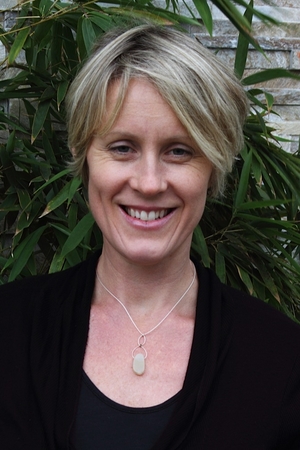
Dr. Noël Thomas
I’m Noel Thomas, I’m a naturopathic doctor in Portland, Oregon and I started naturopathic medical school in 2001 and I had the great fortune of learning from Tim, starting in 2001. And taking his 100 hour course all 4 years of medical school and continuing for 4 years...
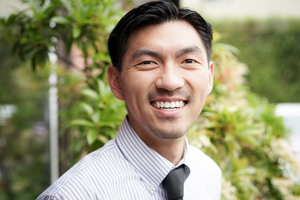
Dr. Nicholas Jung
Hi, I’m Dr. Nicholas Jung and my chiropractic practice is in San Mateo, California and it’s Ascension Chiropractic. The way that I got exposed to Dr. Timothy Francis was actually through my uncle and other mentor, Dr. Kingman Fung. So, even before I was in...
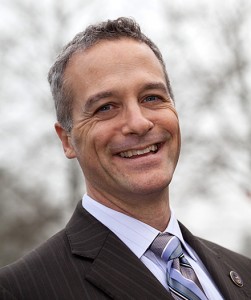
Dr. Michael McCall
I’m Dr. Mike McCall and I’ve known Tim Francis since 2000 and he had a pony tail and those really cool looking glasses. I remember sitting in that class and just being blown away by someone who, I keep hearing the term “master”, master, I guess that is a good term....
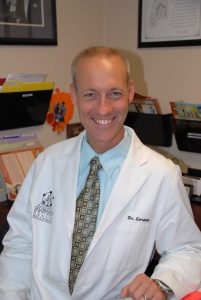
Dr. Michael Gorman
Hi, my name is Dr. Mike Gorman, I practice right outside Philadelphia. I first met Dr. Francis, I had actually taken the applied kinesiology 100 hour course with 7 different instructors and I was very very confused and trying to put it all together and I heard great...
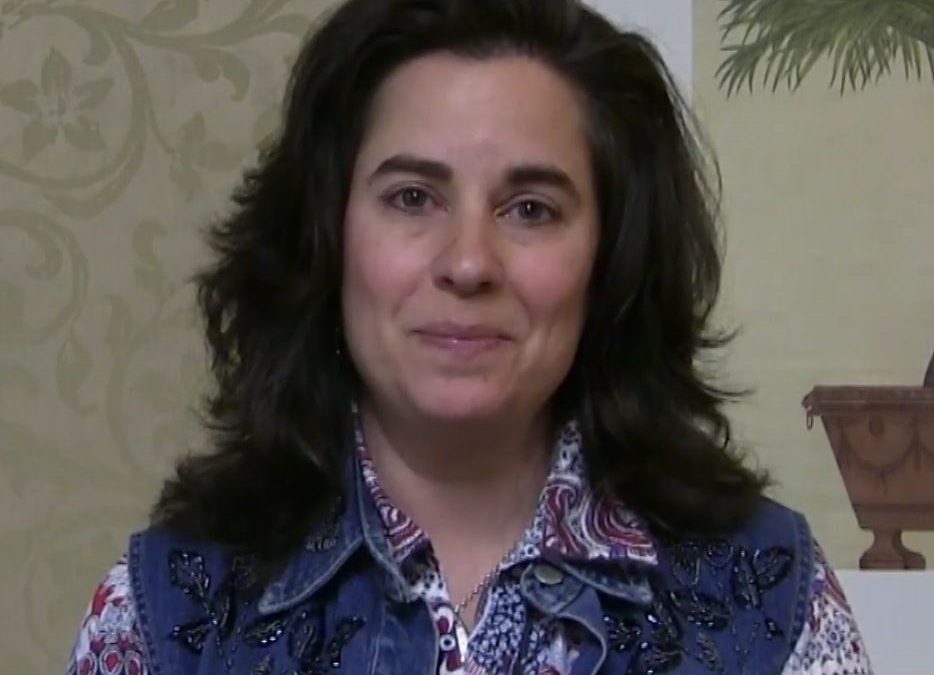
Dr. Julie M. Rosenberg
Hi, my name is Dr. Julie Rosenberg. I’m a chiropractor; I practice in Rockville, Maryland. I’ve been in practice for 20 years. I’m board certified in neurology through my profession. I met Dr. Francis 20 years ago at an international college of applied kinesiology...

Dr. Jordan Bray
Hi I’m Jordan Bray and I’ve known Dr. Francis since the fall of 2010 when I was first in chiropractic school. He was teaching a seminar, he came out of retirement, and I was told if there’s anyone to see it’s this guy. He’s been renowned in the AK world forever so I...
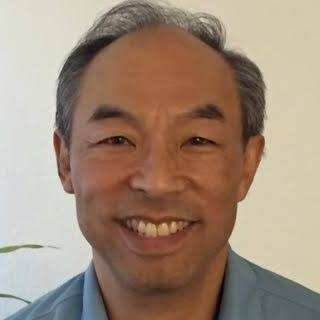
Dr. Kingman Fung DC
Hi, I’m Dr. G. Kingman Fung, chiropractor, practice in the San Francisco Bay area and I was Dr. T’s first TA (teacher’s assistant). Went from student of the 100 hours course to be his first teacher’s assistant that came from a student of his. And that was, I believe,...
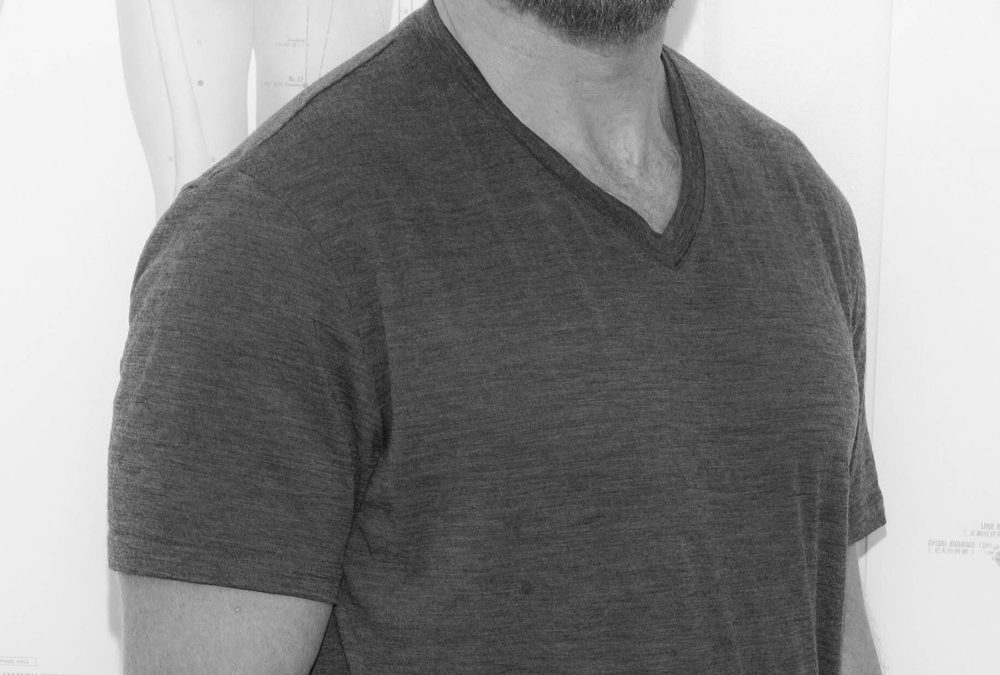
Keith E. Christian D.O.M.
So, I’m Doctor Keith Christian, I live in Taos, New Mexico. I’ve been in practice about 21-22 years now. I first met Dr. Francis when I got out of oriental medicine school, one of the few that has joined him from that background, whereas usually it’s chiropractic of a...
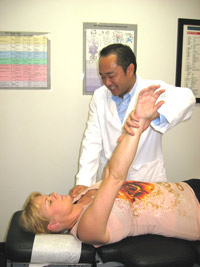
Dr. Dolan Mayeda
I’m Dr. Dolan Mayeta, I practice in San Diego and I’ve known Dr. Francis since, I would say, 2000. When I was a student I took his 100 hour course. At the time I had taken another 100 hour course and some other chiropractic kinesiology techniques and I was really...
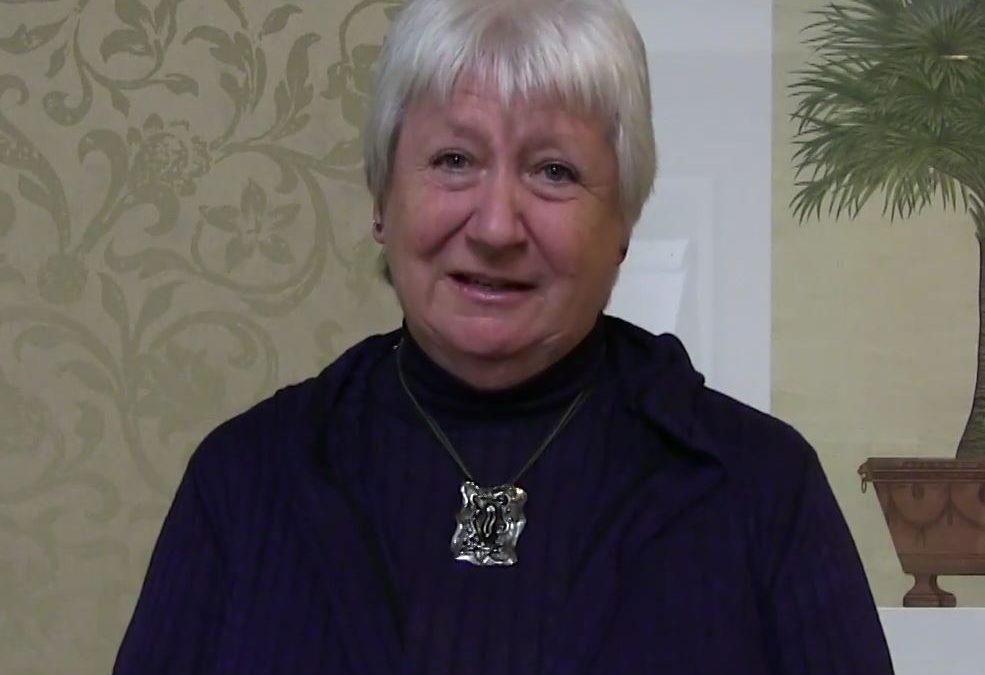
Juli Tooley, DC
My name is Dr. Juli Tooley. I’m a chiropractor and I practice in San Diego, California. I have known Dr. Francis since 1997 when I met him at a neuro emotional technique seminar and he told me I needed to come and learn AK from him. I said, at that point, I’ve been in...

Dr. Dean Schaner
My name is Dr. Dean Schaner. I am a chiropractor and I’m a diplomate in Applied Kinesiology. In the year 2000 I had the great privilege of meeting Dr. Timothy Francis who became my mentor at the time. When I was younger, I was introduced to AK and as soon as somebody...
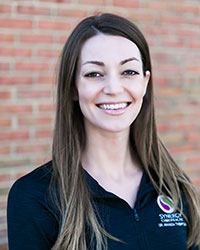
Amanda Thompson, DC, PAK
Hi, I’m Dr. Amanda Thompson. I’ve been in practice for four and a half years now right outside of the Washington D.C. area. I have actually been a patient since I was 12 years old. I went to one of Dr. Francis’ protégés, Dr. Julie Roseberg. The work that she was...
Dr. Cynthia Park at Tim Talks
Hi, my name is Cynthia Park. I live in Hawaii, in Honolulu. I’ve known Dr. Francis for about 13 years and ever since I’ve known him, as a patient and a student, I think I’ve had to travel a minimum of 500 miles to get to wherever his class or office is. I’m currently...
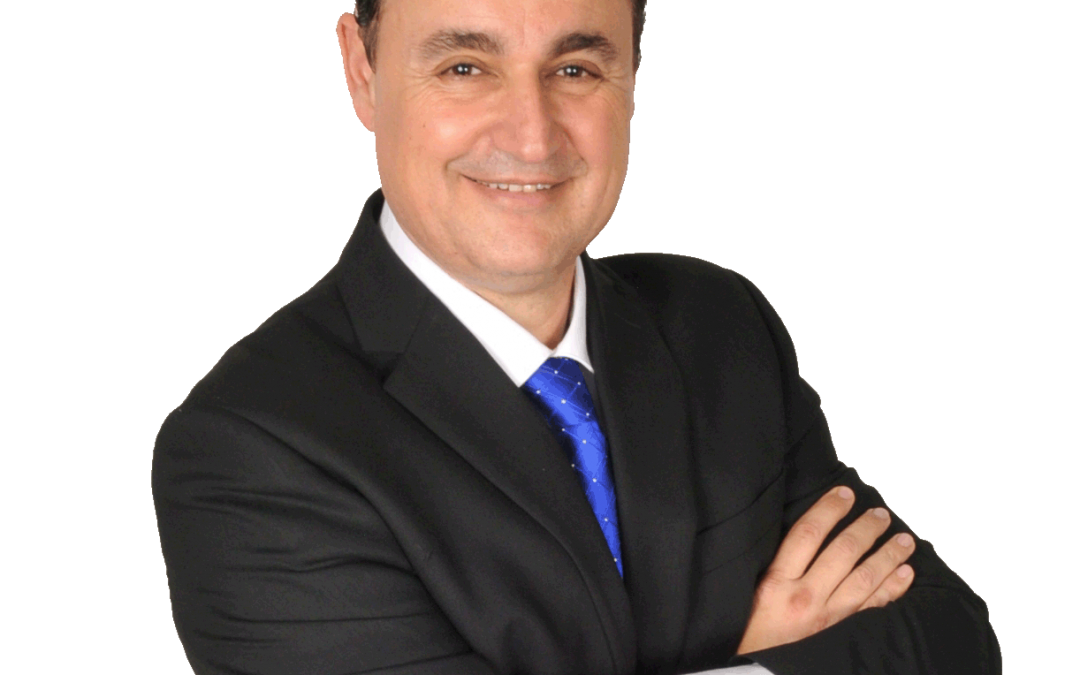
Dr. Aaron Orpelli
My name is Dr.Aaron Orpelli, practicing in Los Angeles. I met Tim Francis in the beginning of the 90’s in Blake seminar, AK and then I followed Tim Francis to do the 100 hours for like over 6 times. I met him in many other seminars too and he was the one that taught...
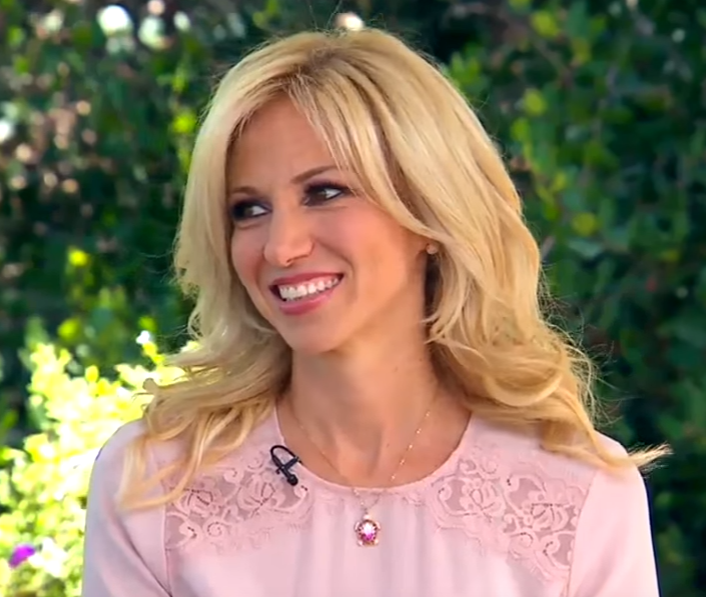
Debbie Gibson gives props
Published on Aug 24, 2016 The singer/actress/producer visits Home & Family to talk about her new Hallmark Channel Original Movie, Summer of Dreams, which premieres Saturday, August 27th at 9/8c. She also opens up about what is was like being a teenage sensation...
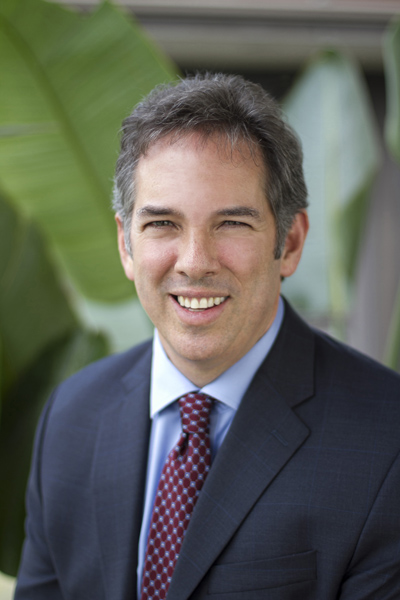
Dr Howard Cohn
Chiropractic Kinesiologist Dr. Cohn is the president and founder of the Cohn Health Institute. He is a licensed chiropractor who specializes in holistic and alternative health care. For more than 25 years, he has inspired patients to achieve their ultimate health. He...

Dr. Carlotta Watson
Dr. Watson graduated from Occidental College in Los Angeles with a Bachelor of Arts. She went on to graduate from the National College of Naturopathic Medicine in Portland, Oregon and practices in the Pearl District. Dr. Watson is a board certified primary care...
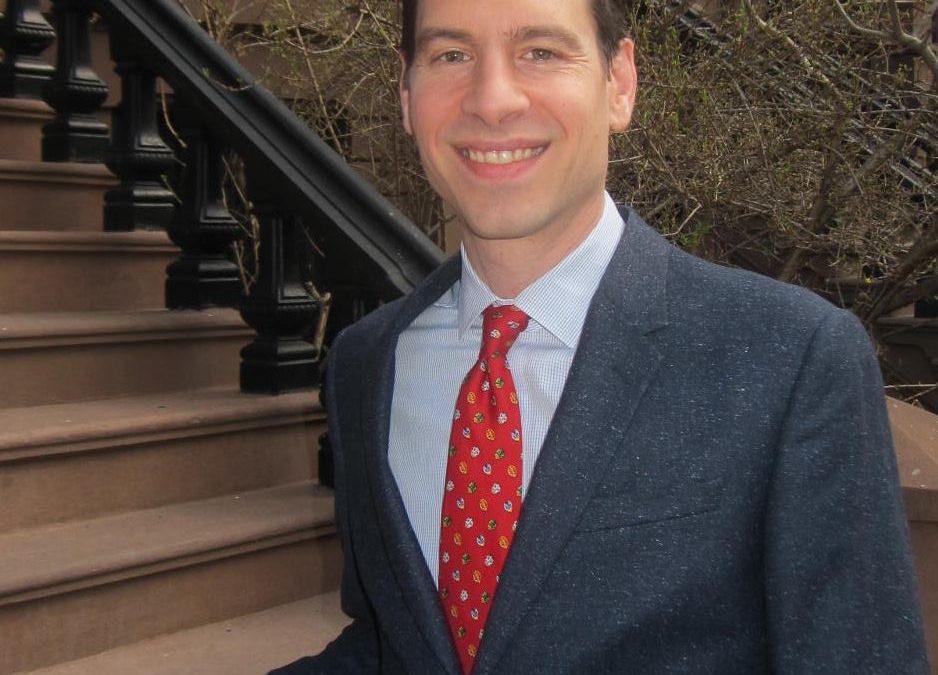
Dr Rob D’Aquila
I am a Diplomate in Applied Kinesiology, which is the highest degree attainable through the International College of Applied Kinesiology. What is an applied kinesiologist you ask? Keep reading below to find out. If you would like to talk to me or schedule a visit at...
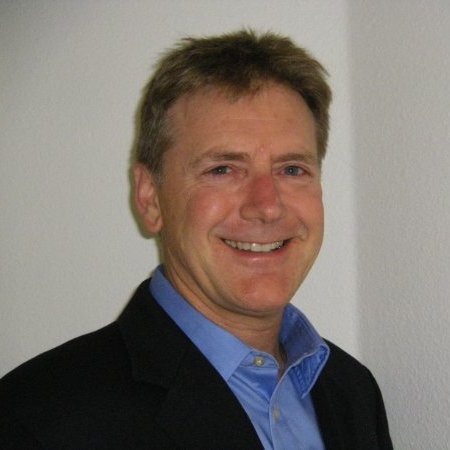
Dr Gary Domby
My name is Gary Domby. I’m a Chiropractor and an Applied Kinesiologist, and I’m a Diplomate in Applied Kinesiology with the International College. I graduated from Western States Chiropractor college in 1986. I was in practice for about 10 years when I started...
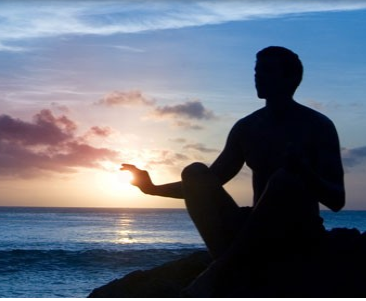
Dr Tony Murczek
In the summer of 1995, I badly injured my finger playing indoor soccer. Determined to regain mobility, I put myself through two surgeries and endless hours of physical therapy. Each surgery only increased my discomfort and frustration. While skeptical and deathly...
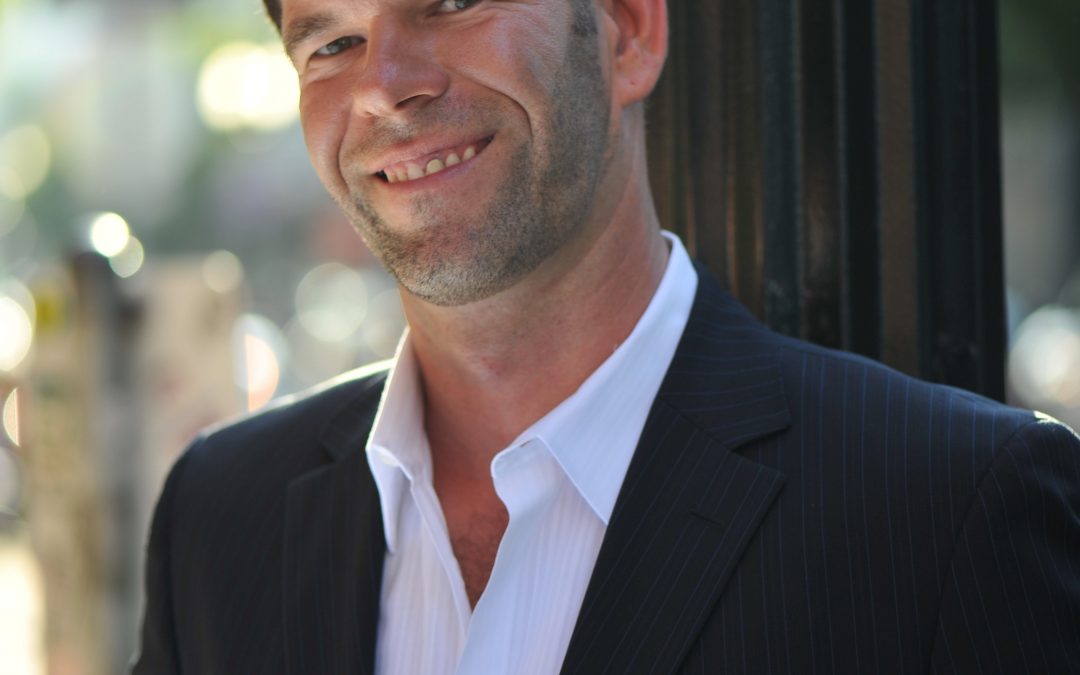
I finally found help for my own health issues
Then I finally found help for my own health issues. At almost every Applied Kinesiology and muscle testing seminar I went to there was this doctor that was very well know in the community. Dr. Timothy Francis of Las Vegas, NV. It seemed that all of the top doctors in...
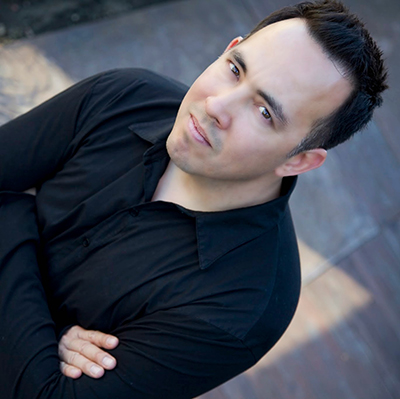
Dr Rudy Amicay
My name is Rudy Amicay or Dr Amicay I’m from Newport beach. I have a private practice out there. I’ve known Tim for almost twenty years, when I first started learning Applied Kinesiology I was very frustrated until I was able to take his course. Once I took his course he broke everything down made it a lot easier for me to understand and from that point on my confidence grew in how I treated patients
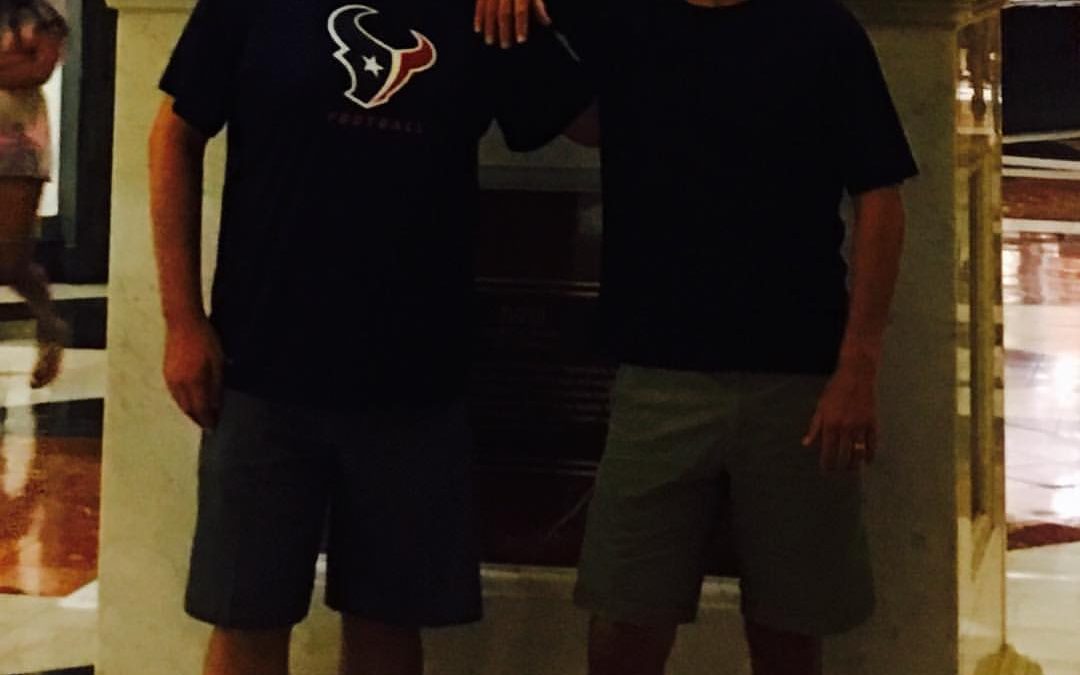
Dr Torry Hinson
Hi my name is Dr Torry Hinson I practice in Boise Idaho, I first met Doctor Francis I believe it has been at least 17 or 18 years ago. He was my teacher in Applied Kinesiology
